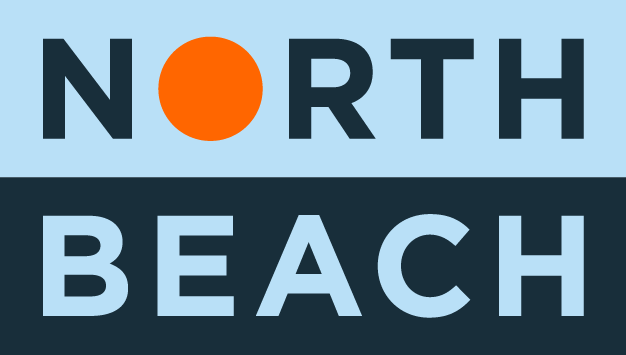Valuation — Margin of Safety
Our Wonderful Company blog series is based on this quote:
“It's far better to buy a wonderful company at a fair price than a fair company at a wonderful price." – Warren Buffett
From there, the question naturally emerges – what constitutes a wonderful company?
Our Wonderful Company blog series outlined North Beach Holdings' definition of a wonderful company and provided insight into our public company qualitative research process regarding business model attributes and moats.
But what constitutes a fair price?
Call us crazy, but we believe that a business is worth the sum of its future cash flows discounted back to the present using an appropriate discount rate. Groundbreaking, right? Well let’s take it a bit further: North Beach Holdings also believes the price you pay for an asset ultimately determines your return. This may sound insane to some, especially during a market environment filled with incredibly speculative SPACS, retail investor-driven frenzies (e.g. Gamestop), and ludicrous forward valuation multiples on high growth stocks. It seems many investors have taken these timeless, Buffett-esque principles and thrown them in the garbage.
In our opinion, a fair (or wonderful!) price is when the market offers us the opportunity to purchase a business below our conservative intrinsic value calculation with a significant margin of safety.
The concept of margin of safety can be summed up with this analogy from Buffett: “When you build a bridge, you insist it can carry 30,000 pounds, but you only drive 10,000-pound trucks across it. And that same principle works in investing.”
That excess margin leaves a lot of leeway for when you are inevitably wrong. Because a business is the sum of its future cash flows discounted back to the present, part of an intelligent investor's job is to project exactly what those cash flows will be. Or, as Buffett puts it: “How many birds are in the bush?” Despite the due diligence process and analyzing a business’s qualitative and quantitative aspects, no one short of the Oracle of Delphi will be able to predict future cash flows with 100% accuracy (who was also often wrong – ask Alexander the Great!). This deviation from forecasting versus reality impacts the business's intrinsic value, but purchasing companies with a significant margin of safety reduces the risk of impairment.
Margin of safety is a principle we will always consider when making investment decisions. We believe the price we pay for companies determines our return, and if “Mr. Market” is offering us a price that is well below our estimation of value, we will more than likely enjoy the results.
